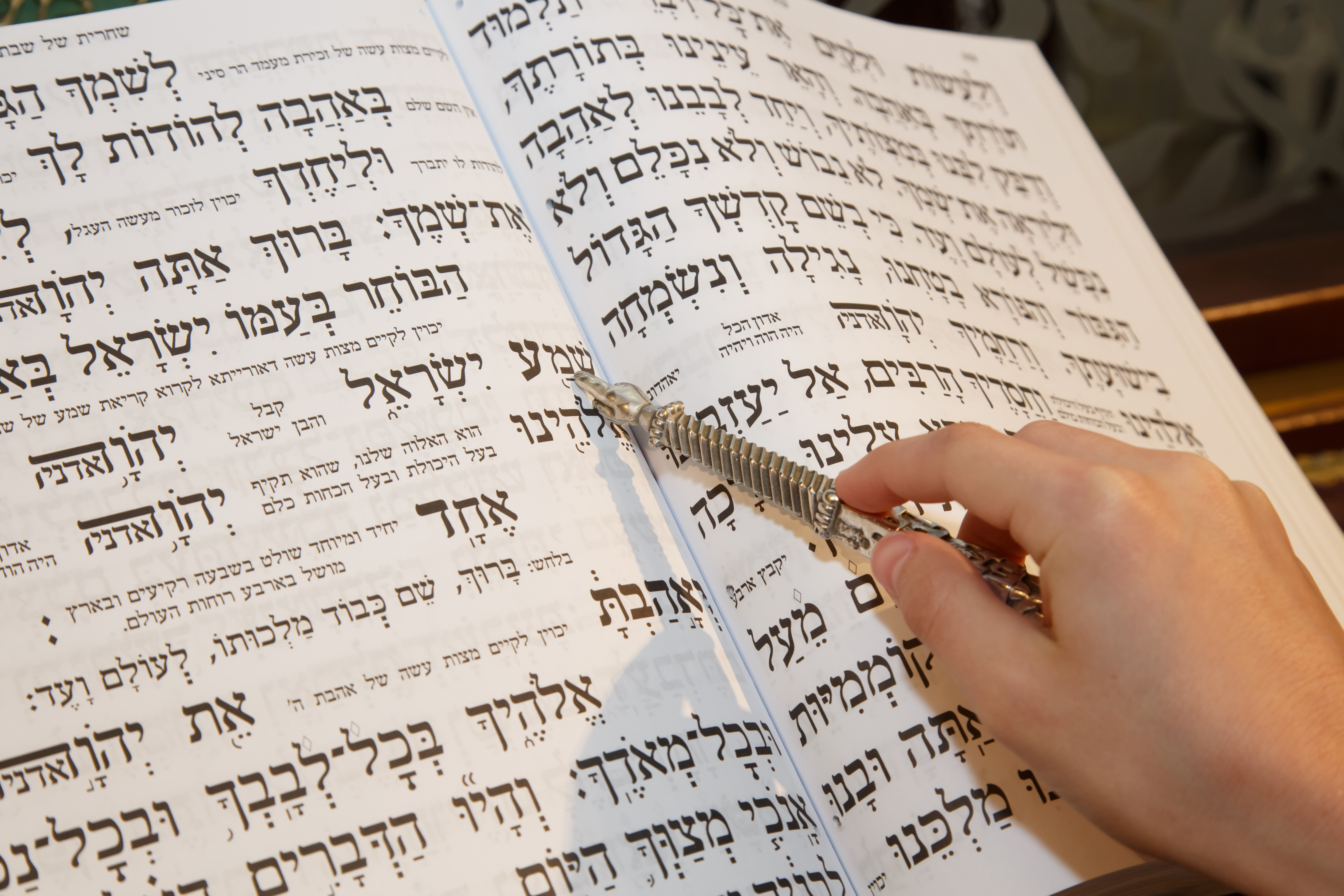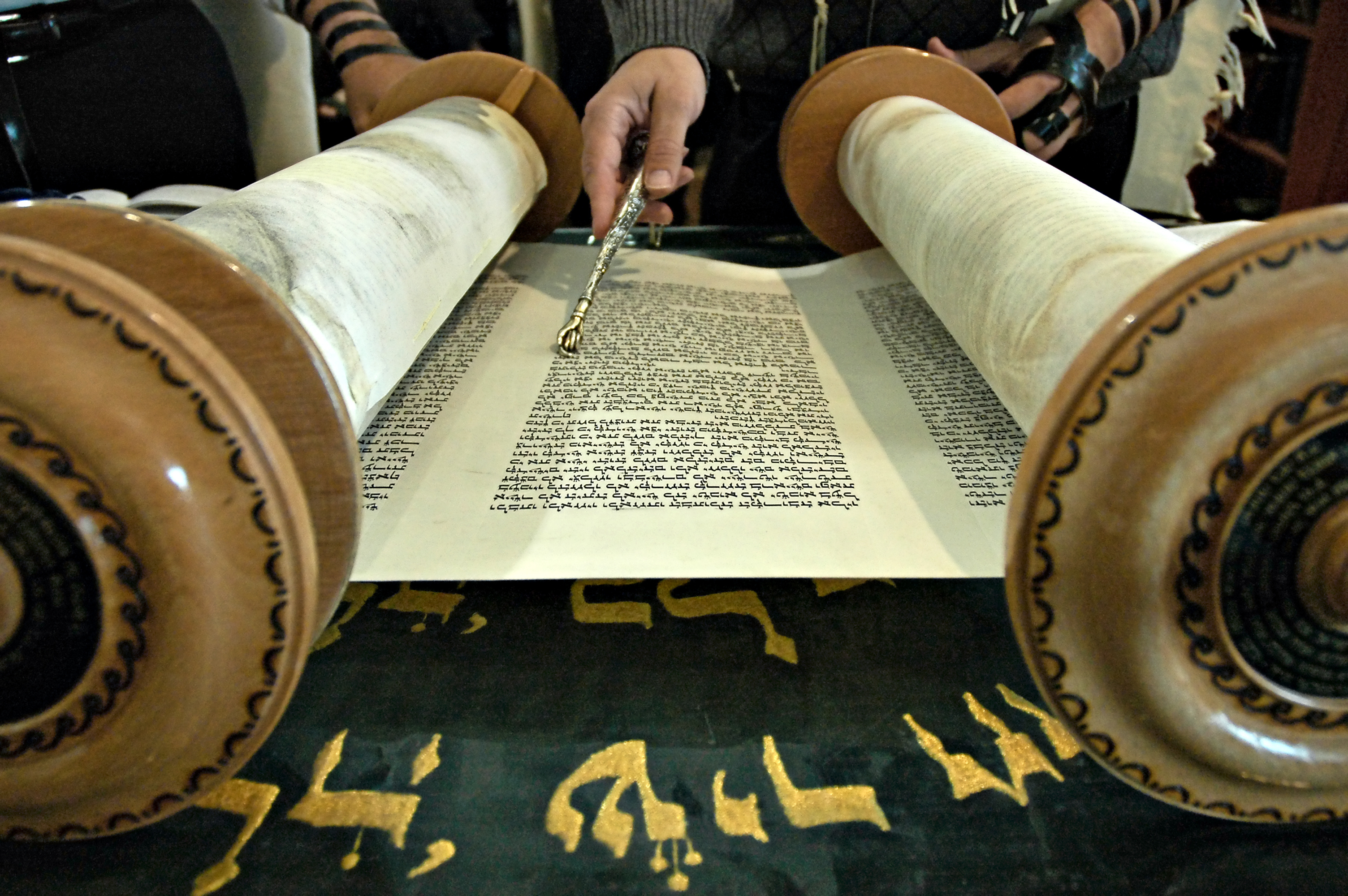Leviticus 1:1-5:26 [6:7]
Haftorah Reading
Isaiah 43:21–44:23
Testimony of Yeshua
- On our victory over sin through Messiah: omans 8:1–13
- Yeshua’s better sacrifice: ebrews 9:11–28; 10:1–22; 13:10–16
Overview of the Book of Leviticus/Vayikra
Key Points of Leviticus
- Leviticus stands at the center of the Torah.
- Its narrative covered probably only a month.
- It is the first book of Torah that religious Jews start teaching their young children, since it is believed that those who are pure in heart (i.e., children) should be engaged in the study of purity (i.e., the laws of purification and atonement)—the central themes of Leviticus.
- Even today, Leviticus remains the foundation for Jewish life, since it includes the laws pertaining to diet, the feasts, sex, marriage, family purity, and our relationship with our fellow man.
- Leviticus is at the heart of the modern Jewish synagogue service, and forms the basis for the daily devotions of religious Jews. Jewish liturgical prayer is largely based on the tabernacle service outlined in this book.
Outline of Leviticus
- The five main offerings (Lev 1–7)
- The ordination of priests (Lev 6:8–7:38)
- Laws of cleanliness (food, childbirth, diseases, etc., Lev 11–15)
- Day of Atonement (Lev 16–17)
- Moral laws regulating relationships between humans (Lev 18–20)
- Regulations for priests, the offerings of the annual feasts (Lev 21:1–24:9)
- Punishment for blasphemy, murder, etc. (Lev 24:10–23)
- The Sabbatical year, Jubilee, land laws, slavery (Lev 25)
- Blessings and cursings (Lev 26)
- Regulations pertaining to vows made to YHVH (Lev 27)
Themes of Leviticus
- Holiness (set-apartness) is the key theme of Leviticus. The set-apartness of YHVH and the need for man to become set-apart (Heb. kadosh; Lev 11:44).
- The offerings and other ceremonies served to show the holiness of YHVH.
- YHVH can only be approached through proper and prescribed protocols.
- In Leviticus, spiritual set-apartness (holiness) is symbolized by physical perfection. All blemishes or defects symbolize man’s spiritual defects, which break his spiritual wholeness. Therefore, the religious system in Leviticus required:
- Perfect animals for sacrifices (Lev 1–7)
- Priests without physical deformity (Lev 8–10)
- A woman to be ritually purified from hemorrhaging after childbirth (Lev 12)
- Ritual purification from sores, burns, baldness (Lev 13–14)
- Ritual purification from a man’s bodily discharges (Lev 15:1–18
- Ritual purification after a woman’s menstrual cycle (Lev 15:19–33)
- Those with certain diseases or ailments had to leave the camp (symbolic of leaving YHVH’s Presence—like Adam and Eve leaving the Garden of Eden after they had sinned). Israelites could be readmitted to the camp (symbolic of returning to YHVH’s Presence) only after certain protocols had been performed and the person had been pronounced whole by the priests.
- In Exodus 19:6, YHVH calls for Israel to be a kingdom of priests. As such, they were to be a light to the nations and to show Elohim’s glory to the world (Deut 4:4–8). Israel was to be YHVH’s representation of YHVH’s kingdom on earth. Leviticus showed Israel how to walk in a set-apart (kadosh or holy) manner before YHVH and the world.
All Was Overseen by the Priests
The priests (Heb. kohenim) oversaw and controlled the sacrifices, rituals, ceremonies, and everything pertaining to the tabernacle.
It was their job to establish Israel as a kadosh (set-apart) nation, and to instruct Continue reading



